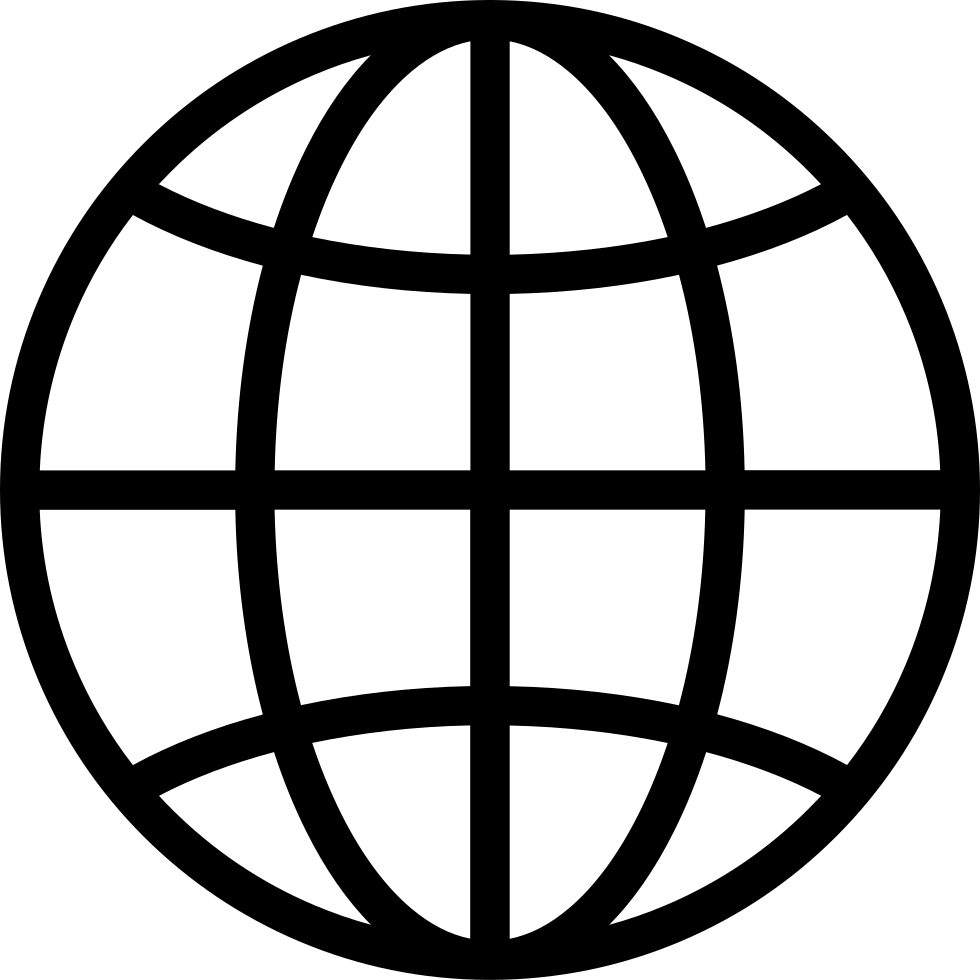Science Friction has a new series: Cooked. We dig into food science pickles. Why are studies showing that ice cream could be good for you? Do we really need as many electrolytes as the internet says? And why are people feeling good on the carnivore diet? Nutrition and food scientist Dr Emma Beckett takes us through what the evidence says about food categories and ingredients like meat, dairy and salt — and unpick why nutrition studies can be so conflicting and confusing. Airs Wednesday 11:30 ...
…
continue reading
Вміст надано Art of Range and Tip Hudson. Весь вміст подкастів, включаючи епізоди, графіку та описи подкастів, завантажується та надається безпосередньо компанією Art of Range and Tip Hudson або його партнером по платформі подкастів. Якщо ви вважаєте, що хтось використовує ваш захищений авторським правом твір без вашого дозволу, ви можете виконати процедуру, описану тут https://uk.player.fm/legal.
Player FM - додаток Podcast
Переходьте в офлайн за допомогою програми Player FM !
Переходьте в офлайн за допомогою програми Player FM !
AoR 148: Targeted Cheatgrass Grazing Research with Sheep -- Kelly Hopping & Riley Kowitz
Manage episode 462792077 series 2474425
Вміст надано Art of Range and Tip Hudson. Весь вміст подкастів, включаючи епізоди, графіку та описи подкастів, завантажується та надається безпосередньо компанією Art of Range and Tip Hudson або його партнером по платформі подкастів. Якщо ви вважаєте, що хтось використовує ваш захищений авторським правом твір без вашого дозволу, ви можете виконати процедуру, описану тут https://uk.player.fm/legal.
A research study in the mountains of Idaho tracked cheatgrass consumption by sheep in the spring and fall. Listen to Kelly Hopping (Boise State University) and sheep rancher Riley Kowitz describe their experiences with implementing this approach to controlling invasive annual grass and changing the wildfire risk profile on the Sawtooth National Forest. Go to https://artofrange.com/episodes/aor-148-targeted-cheatgrass-grazing-research-sheep-kelly-hopping-riley-kowitz to see the video and read the full story. The Art of Range Podcast is supported by Vence, a subsidiary of Merck Animal Health; the Idaho Rangeland Resources Commission; and the Western Extension Risk Management Education Center.
…
continue reading
150 епізодів
Manage episode 462792077 series 2474425
Вміст надано Art of Range and Tip Hudson. Весь вміст подкастів, включаючи епізоди, графіку та описи подкастів, завантажується та надається безпосередньо компанією Art of Range and Tip Hudson або його партнером по платформі подкастів. Якщо ви вважаєте, що хтось використовує ваш захищений авторським правом твір без вашого дозволу, ви можете виконати процедуру, описану тут https://uk.player.fm/legal.
A research study in the mountains of Idaho tracked cheatgrass consumption by sheep in the spring and fall. Listen to Kelly Hopping (Boise State University) and sheep rancher Riley Kowitz describe their experiences with implementing this approach to controlling invasive annual grass and changing the wildfire risk profile on the Sawtooth National Forest. Go to https://artofrange.com/episodes/aor-148-targeted-cheatgrass-grazing-research-sheep-kelly-hopping-riley-kowitz to see the video and read the full story. The Art of Range Podcast is supported by Vence, a subsidiary of Merck Animal Health; the Idaho Rangeland Resources Commission; and the Western Extension Risk Management Education Center.
…
continue reading
150 епізодів
Усі епізоди
×Ласкаво просимо до Player FM!
Player FM сканує Інтернет для отримання високоякісних подкастів, щоб ви могли насолоджуватися ними зараз. Це найкращий додаток для подкастів, який працює на Android, iPhone і веб-сторінці. Реєстрація для синхронізації підписок між пристроями.




